There are so many plants in the world, it is impossible to know them all. But having lived in a completely different place (where it seems like, by comparison to here, everything grows well — a.k.a. – England) I have known many more plants than my current palette would suggest.
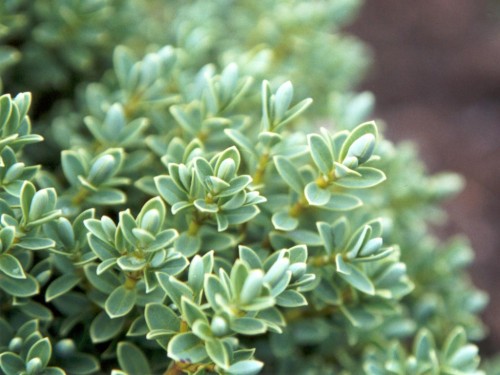
image from mooseys country garden.
Yesterday’s post about the Acres Wild garden brought back from memory the Hebe — a plant I have never once seen in a nursery here in New England. While the most likely reason is that they don’t grow well here, I am never one to assume that your average nursery does much more than display in a retail setting the offerings of a wholesaler…who generally sticks to a limited and very commercial plant list. So I checked around and unfortunately for me, I can’t find a Hebe that is reliable under winter conditions less than 5-10 deg F. Do you know of one? According to every zone map I am in zone 6 (or sunset zone 38) even though I would really say zone 5 is more true — but that is a topic for another post)
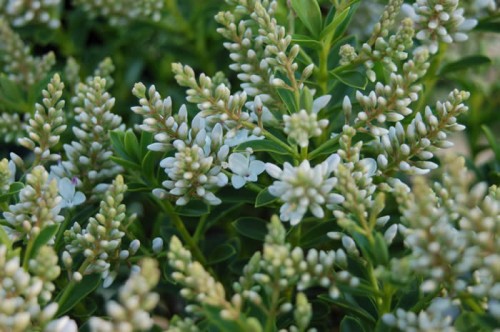
Hebe buxifolia image from Wild Ginger Farm.
I am quite fond of Hebe topiaria, Hebe red edge, Hebe cuppressiodes and Hebe buxifolia.
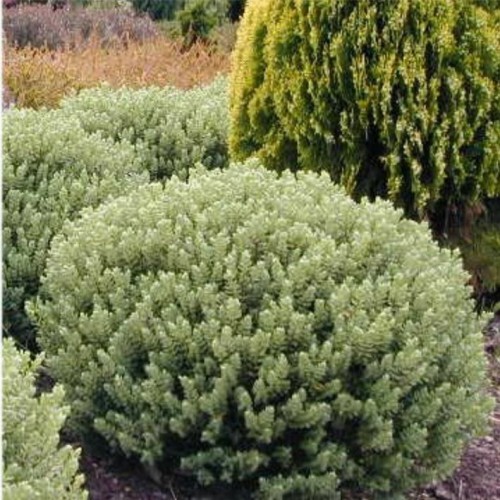
Hebe topiaria torlesse photo from del sueve.
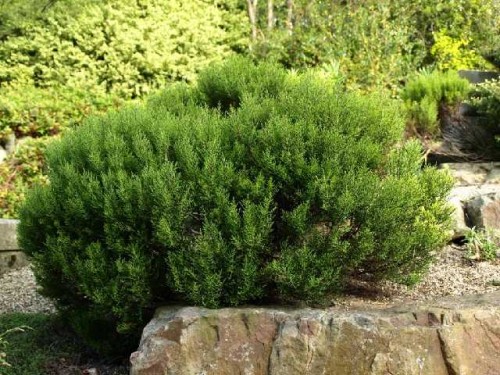
Hebe cuppressiodes image from Alpine Garden Society
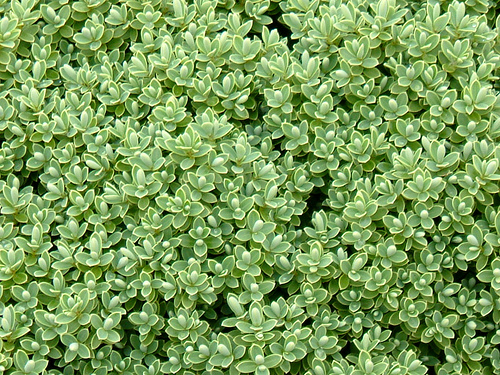
This image by Running Hare Garden Design reminds me of my school days….I snapped a picture (pre digital 35mm days) that was almost identical to this…and I used it constantly – every presentation I made had a the Hebe picture somewhere, even if it was just the cover photo. It is the textures of this plant that hook you. They generally have the look of boxwoods, cypresses and other evergreens, but have a can sometimes grow a bit faster, and stay beautiful a little easier.
Hebe red edge image from Bragsland Barn.
Are are you lucky enough to be able to grow Hebe? (i.e. generally zone 8-10) If so, what is your favorite variety?
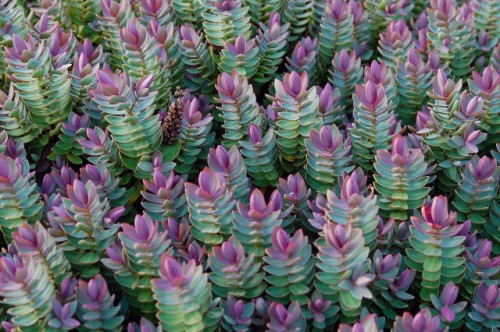
I live in the right zone (8b), but they must not like our alkaline soil, intense heat, and drought conditions, as I have never seen hebe for sale here. Boo hoo.
http://www.midwestgardentips.com/best_performing_shrubs.html
While the hebes you mention are all so lovely and petite, they are of Australian (or New Zealand) origin requiring great drainage, good dry heat, and as you mention maybe a variety tolerant of 6b or 7 at least. But check out this website for suggestions on some of our zone 4,5,6 hardy shrubs with accompanying images. The daphnes are gorgeous and fragrant, and the smaller Kalmia are great evergreens for small spaces or fine detailing. Sometimes the plants least suitable have the greatest appeal just because they are not often seen here.
Thanks for the good post.
I am in Northumberland England, the cold but sunny bit. What zone is that? I don’t know what hebes I have because they were all given as cuttings. I have around six varieties and they grow so well, I am trying to create a cloud hedge from them.
helen – I never figured out the equivalent zones when I lived in England…I generally found the little snowflake system charming simple compared to our multiple and sometimes confusing numeric systems– but I think it would be the same as whatever vast parts of Washington State and Oregon are….(zone 8- ish). I love that you are creating a ‘cloud hedge’…a great term that I think I will start using myself!
Rochelle I thoroughly enjoy reading your posts and stumbled upon this one that especially brought a smile. Years ago I was enrolled in a plant course taught by a British LA, Peter Cummin, who exposed the class to countless varieties of spectacular vegetation we Americans rarely heard of, never mind, planted. That was more than 20 years ago and the tides have changed, although the ‘climate’ zones haven’t significantly. I recall the loveliness of the genus Hebe; wish I could grow it outdoors here in MA. One can only dream to see it in my travels to England. Thanks for the lovely posts and inspirations.